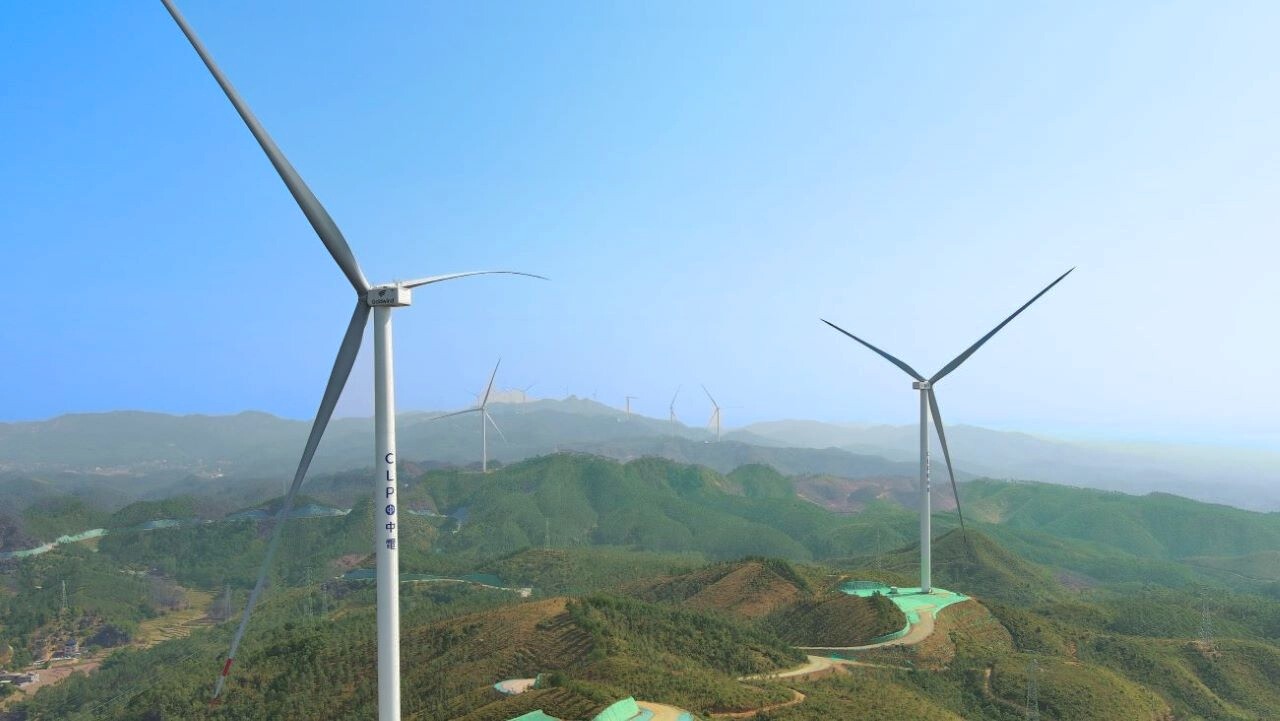Harnessing the Winds of Change

China leads the world in renewable energy. In this blog post, I look at what we should expect from the nation’s new renewable energy pricing system.
By T.K. Chiang, CEO, CLP Holdings
The Chinese Mainland is an important and promising market for CLP, offering substantial opportunities for growth. As the country advances its high-level opening up, we are dedicated to capitalising on this growth.
We aim to double our renewable energy portfolio to about 6GW in the medium term, up from about 3GW at present. To achieve this, we closely monitor all developments in the renewable energy sector, proactively assessing their potential to materially impact our investment decisions.
In February, a significant new chapter of renewable energy opened in China. To promote the sustainable development of renewable energy generation, the National Development and Reform Commission (NDRC) and the National Energy Administration (NEA) issued a joint notice on deepening the pricing reform for electricity generated from renewable energy.
The reform has three key focuses: allowing market forces to determine renewable energy pricing, establishing a pricing and settlement mechanism to support long-term sustainability, and setting differentiated policies for new and existing projects.
Through transitioning pricing from government-led to market driven, the new regime represents a major initiative from the Central Government to restructure the feed-in-tariff system for renewable energy projects. It aims to provide stable investment expectations for new projects, fostering industry growth to support China’s “dual carbon goals” as the renewable energy sector enters a new stage of growth. The regime is in line with China’s long-term commitment to new energy development and carbon neutrality, which is reaffirmed in the recent Two Sessions. The country has also vowed to “actively and prudently” pursue climate targets, integrating them into national development plans.
In the early 2000s, China introduced a number of policies and incentives to encourage the growth of renewable energy sources as it aimed to become a leader in the sector. This included a feed-in-tariff regime, under which output from solar and wind farms were guaranteed sales at a fixed price linked to the provincial on-grid coal base tariff. The policy contributed to exponential growth in installed renewable energy capacity, which hit 1.41 billion kilowatts at the end of 2024 and represented more than 40% of the total, according to the NEA, surpassing coal-fired power plants.
Meanwhile, China’s manufacturing capacity has been booming. Last year, it broke its own records for new solar and wind power installations again, with capacity rising 45.2% and 18% respectively, said the NEA. The International Energy Agency said China now has more than 80% of the world’s solar manufacturing capacity. The NEA also said that in some regions with favourable resource conditions, the average cost per kilowatt-hour for wind and solar power has dropped below RMB 0.3.
With falling generation costs and a maturing renewable energy market, conditions now seem ripe to shift to full market-based pricing.
However, all changes bring uncertainty. What impact will the reform has on our projects in the Chinese Mainland and the price of renewable energy?
For existing projects, we expect limited impact as tariff will be based on the prevailing price.
For new projects built after 1 June 2025, we will need to cautiously evaluate as the actual impact will be subject to local government implementation and market competition. One aspect we can be more certain of, however, is that the volume of electricity eligible for the mechanism for these new projects will be primarily planned based on the renewable energy consumption targets set by each province. Having clearer targets will facilitate the efficient allocation of capital and promote a healthier, more orderly development of the new energy sector.
From a broader perspective, the introduction of the new policy represents a progressive reform of the previously government-led pricing mechanism, aligning with the pace of the ambition to construct a power system with a high proportion of new energy. Under the new mechanism, the prevailing policy for existing projects will be maintained, while new projects will be provided with the opportunity to obtain a relatively stable tariff within their pay-back period, ensuring renewable energy development in a healthy and orderly manner without significantly altering the current tariff trends. Therefore, I believe the reform will drive high-quality development with more visible returns in the renewable energy sector and support the establishment of a modern power system.
This is constructive news for China, the renewable energy industry and the global battle against climate change. It is also important to CLP, as we work tirelessly to expand our non-carbon operations in the Chinese Mainland.
China is on an era-defining journey to a low-carbon future, and we are helping to power the engines that take us there. The new renewable energy pricing system is a milestone on the road to a more sustainable future.

China new renewable energy pricing system is set to promote high-quality development with more visible returns. Pictured here is CLP China’s new Yixing solar project in Jiangsu province.
Subscribe to the CLP CEO Blog to stay informed with the latest industry insights. By subscribing, you agree to the terms in this Personal Information Collection Statement.

